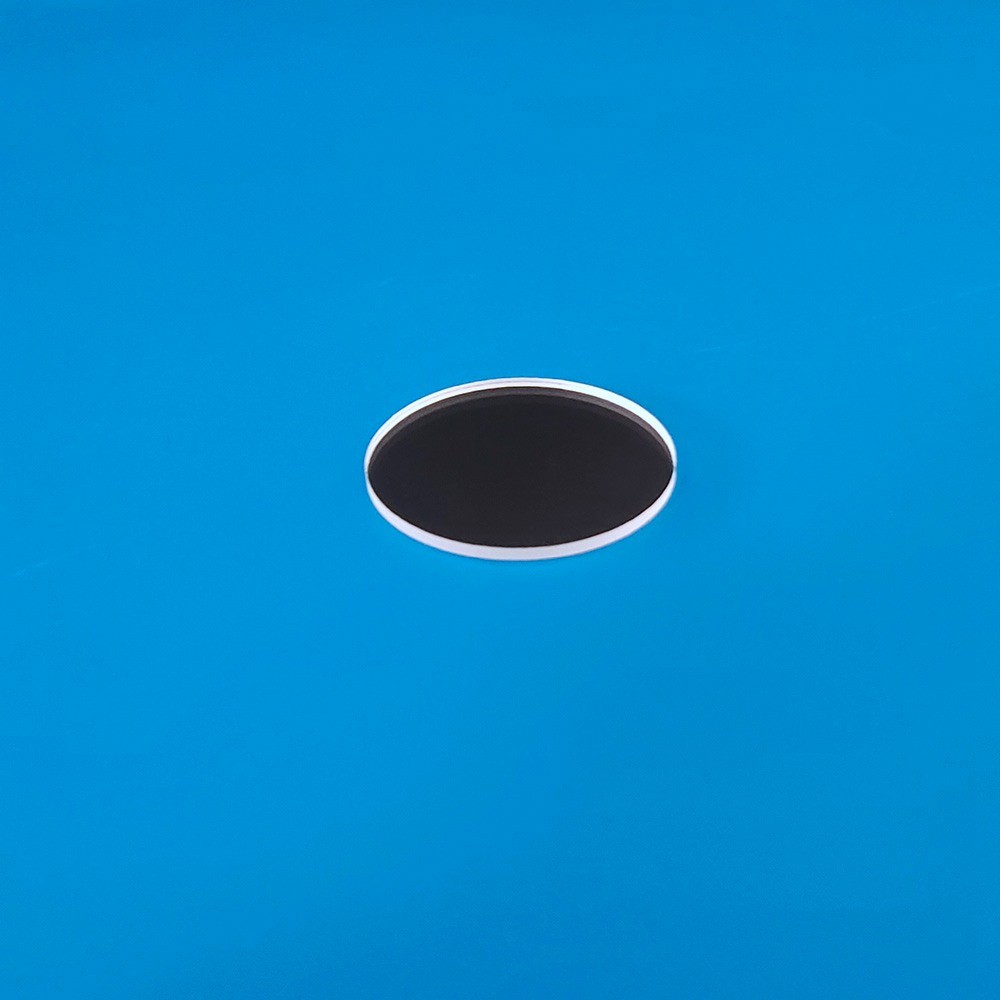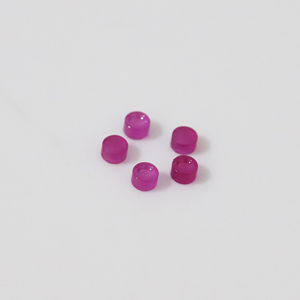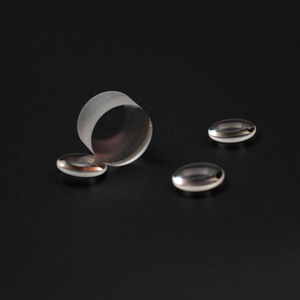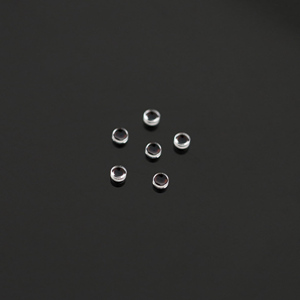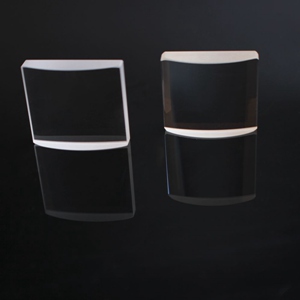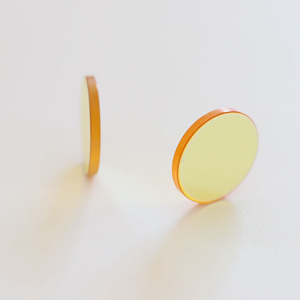Interference filter is an optical thin film that uses the interference principle to pass light in a specific spectral range, usually consisting of multiple layers of thin films. The main function of the interference filter is to selectively transmit or reflect specific wavelengths of light, its working principle is based on the multi-beam interference of the multilayer film system, resulting in a specific wavelength of light has a very high transmittance, while other wavelengths of light are reflected or absorbed.
Interference filters can be designed as cutoff filters or bandpass filters as needed. The cut-off filter can divide the spectral range into two regions, one where light cannot pass through (the cut-off region) and the other where light can pass through sufficiently (the passband region). Typical cut-off filters include short-pass filters and long-pass filters, which allow only short-wave and long-wave light to pass, respectively.
Interference filters are widely used in many fields, including astrophysics, clinical chemistry, material analysis, and wavelength selection in quality control. Due to their high accuracy and narrow bandwidth, interference filters are particularly important in situations where precise spectral control is required.
 Changchun Realpoo Photoelectric Co.,Ltd.
Changchun Realpoo Photoelectric Co.,Ltd.

